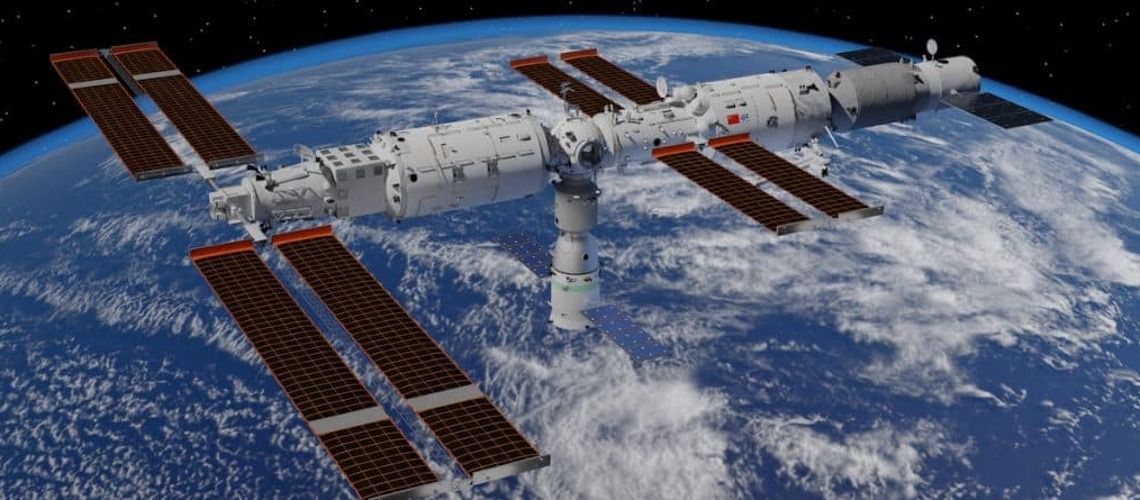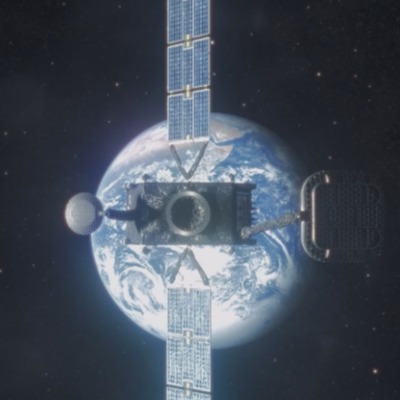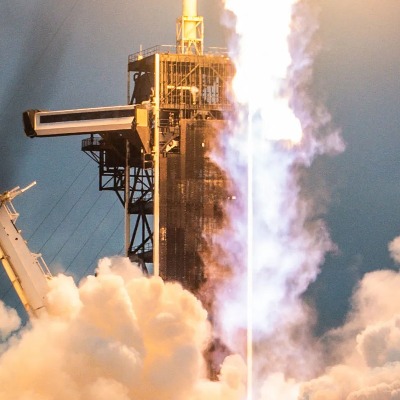China Releases First Images of Complete Tiangong Space Station

In a momentous achievement for its space program, China has released the first images of its completed Tiangong space station. The panoramic photographs, captured by a Shenzhou 16 astronaut in September 2023, showcase the station's majestic structure, marking a significant milestone in China's aspirations to become a major space power.
The Tiangong space station, meaning "Heavenly Palace" in Chinese, is a three-module T-shaped structure that has been meticulously assembled in orbit over the past two years. It is designed to serve as a permanent orbiting laboratory for scientific research and technological advancements, rivaling the International Space Station (ISS) in its capabilities.
technological advancements, rivaling the International Space Station (ISS) in its capabilities.
The released images depict the Tianhe core module, the Wentian laboratory module, and the Mengtian laboratory module harmoniously positioned in space. The station's solar panels, robotic arm, and other external components are clearly visible, providing a comprehensive glimpse into China's engineering prowess in space exploration.
The completion of the Tiangong space station is a testament to China's unwavering commitment to its space ambitions. The country has steadily invested in its space program, making significant strides in recent years, including successfully landing a rover on Mars and launching its own space station.
With the Tiangong space station now operational, China is poised to conduct a wide range of scientific experiments, technological tests, and spacewalks. The station will serve as a platform for studying microgravity, space medicine, material science, and other fields of research.
The completion of the Tiangong space station also marks a new era of international cooperation in space exploration. While China has operated independently in its space endeavors, it has expressed openness to collaboration with other countries, potentially paving the way for joint scientific research and future space missions.
As China's space program continues to flourish, the Tiangong space station stands as a symbol of the country's technological advancements and its aspirations to play a leading role in the exploration of the cosmos. The station holds immense potential for scientific discoveries, technological breakthroughs, and fostering international cooperation, shaping the future of humanity's journey into space.
Tiangong is a permanently crewed space station constructed by China and operated by China Manned Space Agency in low Earth orbit between 340 and 450 km (210 and 280 mi) above the surface. It is China's first long-term space station, part of the Tiangong program and the core of the "Third Step" of the China Manned Space Program; it has a pressurised volume of 340 m3 (12,000 cu ft), slightly over one third the size of the International Space Station.
The construction of the station is based on the experience gained from its precursors, Tiangong-1 and Tiangong-2. The first module, the Tianhe ("Harmony of the Heavens") core module, was launched on 29 April 2021,followed by multiple crewed and uncrewed missions and two more laboratory cabin modules Wentian ("Quest for the Heavens") launched on 24 July 2022 and Mengtian ("Dreaming of the Heavens") launched on 31 October 2022. The space station aims to provide opportunities for space-based experiments and a platform for building capacity for scientific and technological innovation. On 2 November 2023 China sent it's youngest ever crew to the Tiangong space station consisting of a crew with only an average age of 38 years old. They took off from the Gobi Desert for an expected 6 month trip




